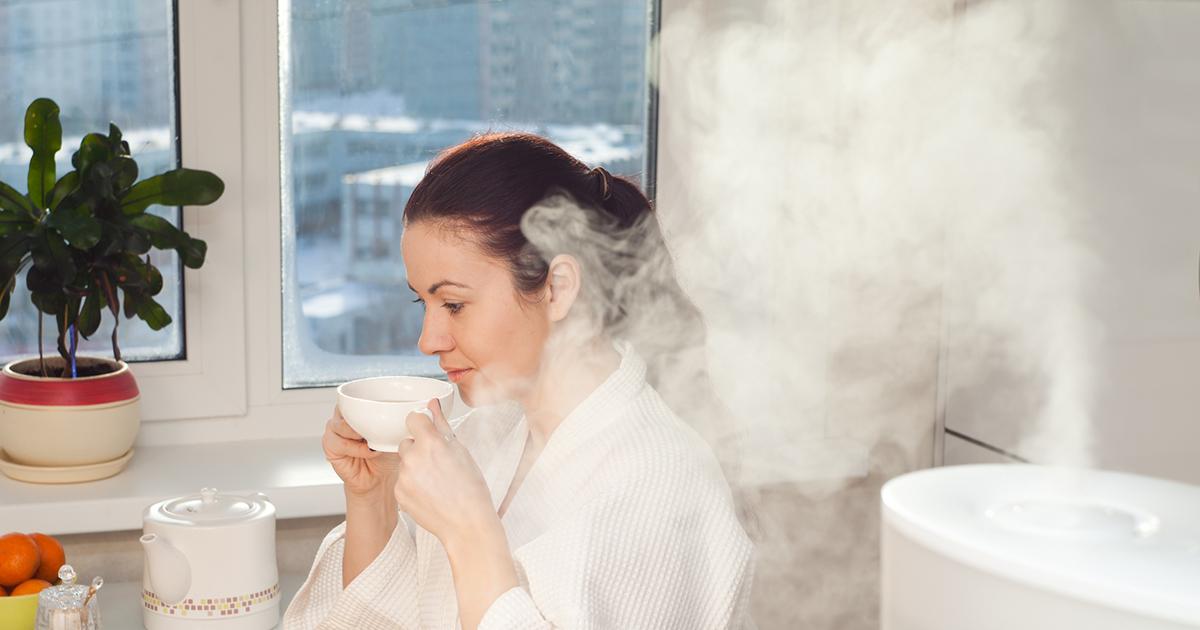How To Manage Asthmatic Bronchitis
The respiratory system is a series of complex organs responsible for exchanging the gases needed to sustain life. The lungs sit at the center of this complex system, and their role is to supply the body with oxygen and discharge carbon dioxide. Our bodies are in constant need of oxygen, and any condition that impairs oxygen intake can be detrimental. A lack of oxygen for about four minutes causes the brain cells to die, which then results in brain damage and ultimately death.
Bronchitis and asthma are the commonest health conditions that affect the lungs. Bronchitis occurs when the bronchial tubes (main airways) become infected hence causing inflammation. The swelling of the inner linings of the bronchial tubes impairs the free flow of air to the lungs, which triggers prolonged coughing as the body attempts to unclog the airways. On the other hand, asthma is a disorder that causes chronic inflammation of the airways. The swelling of the lung airways results in severe symptoms such as wheezing, coughing, shortness of breath, and chest tightness. An individual can have both asthma and bronchitis. An incidence where the two occur at the same time is known as asthmatic bronchitis. Asthmatic bronchitis is a severe condition, which can easily be managed by employing various techniques.
Use Of A Humidifier

The same pathogens that cause the common cold and flu also cause bronchitis. The resulting respiratory infection leads to nasal congestion, which makes it difficult for the affected individual to breathe through their nose or even cough. The symptoms seem to become worse when patients attempt to sleep. Having asthmatic bronchitis will cause individuals a few sleepless nights and the feeling of lousiness.
If the patient's airways have blocked due to an infection, they can make use of a humidifier or steam to relieve symptoms. Here is what happens. During winter, the outdoor air becomes dry due to the cold temperatures. The little moisture in the air getting into the house is taken away by the indoor heating systems. The dry air makes it even more difficult to blow out the mucus or cough. Additionally, the little air that gets into the lungs is already dry, thus causing more irritation on the walls of the lung airways. Adding some humidity to the indoor air by using a humidifier can help relieve symptoms of the upper respiratory infections.
Short And Long-Acting Bronchodilators

Bronchodilators refer to substances that help relax the airways, thus increasing the flow of air to the lungs. Our bodies can produce bronchodilators on their own. But sometimes the natural mechanism may not be sufficient to open the airways of an individual with asthmatic bronchitis. In such cases, the affected person can use short and long-acting bronchodilators to relax the bronchial muscles and allow them to breathe better.
Short and long-acting bronchodilators can be used in the treatment of various respiratory conditions, including asthma, allergic reactions, and chronic obstructive pulmonary disease. The Food and Drug Administration (FDA) has approved the use of bronchodilators to treat upper respiratory ailments. However, the use of herbal products, homeopathic, and over-the-counter medications is subject to approval by the FDA. Short-acting bronchodilators work quickly, usually within fifteen two twenty minutes. These medications can be used in emergency cases to help in relieving shortness of breath. Long-acting bronchodilators are used to open the airways and to keep them open for a long time. They are used daily, and they help in reducing the frequency of symptoms and preventing asthma attacks.
